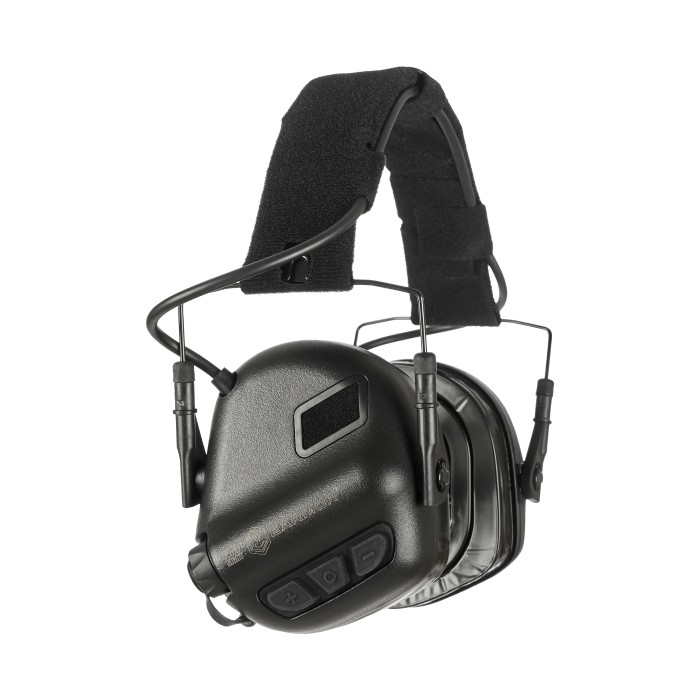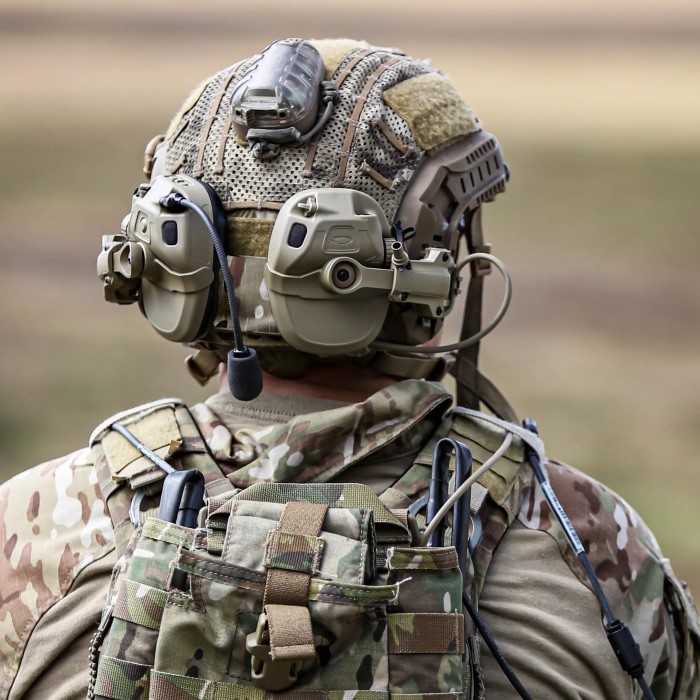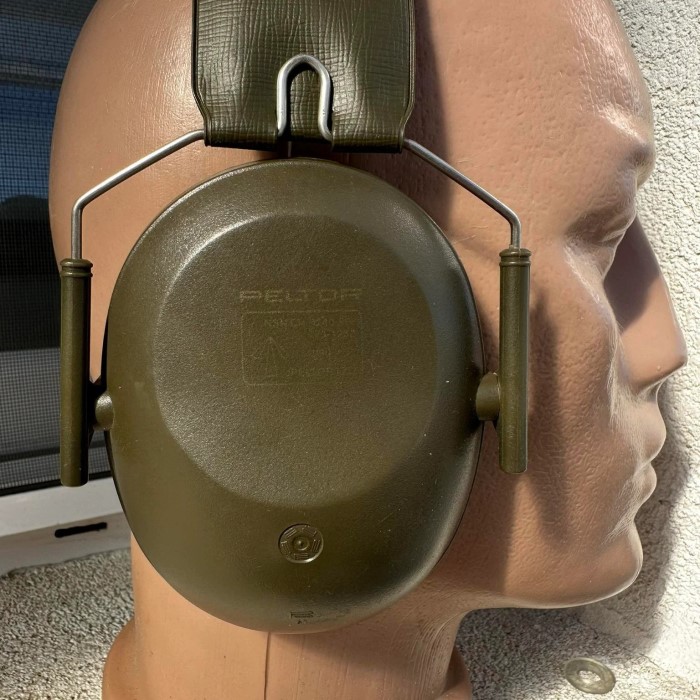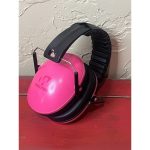Introduction to Military Ear Protection Trends
In today’s military operations, protecting soldiers’ hearing is more essential than ever. Consistent exposure to high-intensity noise environments, such as gunfire and explosive blasts, can lead to permanent hearing loss and other auditory issues. In light of this ongoing challenge, the demand for effective military ear protection is at an all-time high. This article aims to highlight the trends that will define military ear protection in 2025, showcasing key innovations designed to enhance the safety and auditory awareness of soldiers in combat situations.
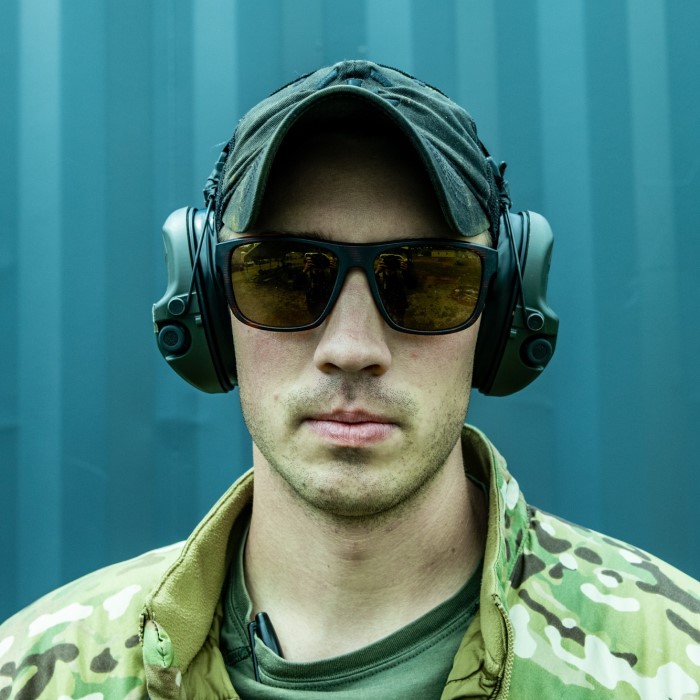
As we explore these innovations, it’s crucial to understand that the future of ear protection will not only focus on noise reduction but also on the comfort and adaptability of the equipment, making it critical for modern military engagements.
The Importance of Hearing Conservation
Hearing preservation in military personnel is not merely a matter of comfort; it is vital for mission-critical performance. Every day, soldiers face explosive blasts, gunfire, and the general chaos of combat that can contribute to significant hearing loss. A study from the Department of Veterans Affairs indicates that veterans with hearing impairments have increased difficulty in social situations and challenges in rehabilitation. Therefore, maintaining auditory health has become integral to military training and equipment selection. Effective military ear protection not only helps to prevent hearing loss but also enables soldiers to maintain situational awareness, a critical element in the heat of battle.
Emerging Technologies in Ear Protection
As we look towards 2025, the role of technology in military ear protection is set to expand dramatically. One promising area is the development of smart ear protection devices that integrate advanced sound management technologies. These devices function not only to ensure protection against harmful noise levels but also enable soldiers to hear quieter yet important sounds — such as commands from other soldiers or sounds of approaching threats.
Active Noise Reduction Systems
One of the most groundbreaking innovations in military ear protection is the introduction of Active Noise Reduction (ANR) systems. These systems utilize microphones to capture surrounding noises and generate sound waves that cancel out harmful sounds. By adopting this technology, soldiers can achieve a level of auditory protection while still being able to communicate effectively with their comrades. As we approach 2025, we can expect the refinement and increased use of ANR systems to enhance battlefield communication and situational awareness significantly.
Bone Conduction Technology
Another exciting innovation on the horizon is the use of bone conduction technology in military ear protection. Unlike traditional earplugs that block sounds from entering the ear canal, bone conduction devices transmit sound vibrations directly through the skull. This technology allows soldiers to hear sounds clearly while their ears remain protected from loud noises. Bone conduction ear protection devices can also be worn comfortably under helmets or other gear, making them suitable for various tactical applications.
Lightweight and Advanced Material Use
In 2025, the trend toward lighter and more comfortable materials in military ear protection expect to gain traction. Traditional ear protection devices can often be cumbersome and uncomfortable, leading to decreased willingness among soldiers to wear them. However, advancements in material science — particularly the development of advanced polymers — promise to provide lightweight, durable options that meet the necessary noise reduction standards without the added bulk.
Ergonomic Design for Enhanced Fit
Alongside lightweight materials, ergonomic design principles are playing a pivotal role in the development of military ear protection. Technology manufacturers are increasingly focused on tailoring devices to fit the unique contours of the human ear. This ergonomic approach enhances comfort during prolonged use, ensuring that soldiers are more likely to utilize their ear protection consistently. A well-fitted earplug or earmuff will not only provide better noise attenuation but also improve overall mission readiness.
Customization and Personalization Trends
Customization is another significant trend expected to impact military ear protection in 2025. Allowing soldiers to personalize their ear protection devices — through adjustable fit options, interchangeable components, and custom colors — can enhance their acceptance and morale. For example, customizable ear plugs that can adapt to different combat scenarios can be a crucial aspect of this trend, providing soldiers the ability to tailor their protection for specific environments without sacrificing effectiveness.
The Role of Training and Familiarization
Promoting effective use of military ear protection is not solely dependent on the technology itself; training soldiers to become familiar with their gear is just as critical. Training programs should emphasize the importance of ear protection in preserving hearing and enhancing performance. Additionally, future training protocols must involve simulations and realistic combat scenarios, allowing soldiers to practice using new types of ear protection in safe environments. This approach creates confidence and ensures that once deployed, soldiers can utilize their gear effectively.
Factors Influencing Choice of Ear Protection
Understanding Earpiece Specifications
When selecting military ear protection, soldiers must first consider earpiece specifications. Various types of ear protection exist, including earplugs, earmuffs, and custom-fitted devices. Each type offers distinct benefits and drawbacks based on the environment in which they will be used. Therefore, understanding these specifications is essential for making an informed choice.
Noise Reduction Rating (NRR)
The Noise Reduction Rating (NRR) is a critical metric that indicates the level of noise reduction provided by ear protection. Soldiers must look for devices with an appropriate NRR that suits their operational environment. In combat situations, the ability to filter out dangerous noise levels while still retaining situational awareness is crucial. Higher NRR values indicate better noise reduction, but it’s essential to balance this with usability.
Comfort Considerations
Comfort is another vital factor when selecting military ear protection. Soldiers often wear ear protection for extended periods, making it essential that the devices fit well and do not cause discomfort. Features such as soft padding, adjustable headbands, and lightweight materials contribute to overall comfort. Discomfort can lead to distraction and reduced effectiveness, which is especially critical in combat situations.
Durability of Materials
Military environments can be rough and demanding. As such, the durability of ear protection is paramount. Soldiers should choose devices made from robust materials that can withstand harsh conditions, including extreme temperatures, moisture, and physical impacts. Durable ear protection ensures that devices remain functional even in challenging situations while providing longevity and cost-effectiveness.
Adaptability to Different Combat Situations
The ability to adapt ear protection for various combat situations is crucial for military personnel. Soldiers may encounter different environments during their missions, from urban settings to open fields. Therefore, selecting adaptable devices that can function effectively in diverse circumstances is essential. Features that allow for quick adjustments or modifications can dramatically improve their usefulness.
Frequently Asked Questions
When did the military stop using 3M earplugs?
The military stopped using 3M earplugs after revelations about their ineffectiveness led to significant legal actions. Reports indicated that these earplugs did not provide the advertised level of sound protection, which resulted in many veterans experiencing lasting hearing issues. Consequently, the military sought out newer, more reliable alternatives that could deliver proper auditory safety for soldiers on the front lines.
What is the highest NRR ear protection rating?
The maximum Noise Reduction Rating (NRR) for ear protection can reach up to 33 dB. Devices rated so highly are specifically designed to protect against exposure to intense sounds common in military training and operations. In noisy environments, highly rated protection ensures that soldiers can maintain their auditory health while fulfilling their duties in the field.
Is 32 dB noise reduction good for shooting?
Yes, a noise reduction level of 32 dB is ideally suited for shooting scenarios. This level of sound attenuation adequately protects shooters from the loud impact of gunfire. While also allowing for some ambient sound awareness. For military personnel undergoing firearms training or engaged in combat, maintaining such levels of protection is critical to preserving their hearing.
Conclusion: Shaping the Future of Military Ear Protection
As we head towards 2025, the landscape of military ear protection is poised for remarkable changes. With advancements in technology, material science, and customized design, soldiers will benefit from enhanced options that are not merely protective but also comfortable and effective.
By emphasizing the integration of smart technologies, lightweight materials, and ergonomic designs. The future of military ear protection will lend itself to an enhanced operational capacity. Moreover, as the military continues to prioritize hearing conservation, the role of effective ear protection will only become more critical.
In closing, the innovations expected in military ear protection will ensure that soldiers are primed not just for combat, but also for a future where their hearing health is safeguarded. This focus on auditory safety will empower military personnel to perform at their best, protecting both their mission effectiveness and their long-term health.

